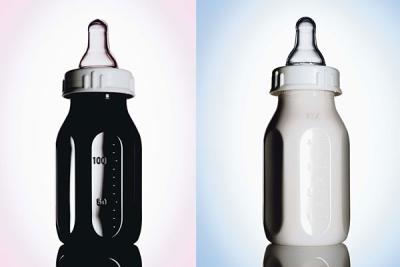a little (c): worth 2.000 bugs
There are no news from my article but this: Springer was at least fast enough to send me an invoice of 2.433,55 EUR! That's the amount of money necessary to retain the copyright of my text and get the fabulous number of 25 offprints.
By the way: I really like the concept of open access. Scientific work should be open to anyone, but to what price?! 2.000,- EUR to get open access to a text I wrote by myself, I submitted by myself, I edited by myself after peer review (which is also a gratis service of scientists to the publisher)? Springer calls that Open Choice, I'd call it hell of a good way to make money!

Just run astupidinconvenient electronic system for article management, find some desperate scientists who will write articles and some others who do the review work, hire a layouter who is able to create pdf-files and you may start earning money.
Most of the time it will be tax payers money you earn. And if you think about it, it's paradox: public pays us to do research and in the end public pays again to read, what we did with their money! Sometime I think about starting an internet based open access journal. It's the only way to escape this vicious circle.
Meanwhile, I personally have some profits from paying to Springer (though I don't even know, where to organize the money for the bill from): I'm now an official member of the Springer online journal contributer community! That doesn't only provide me with a discount of 33% on Springer books but with an electronic system that keeps sending me thousands of emails again!
By the way: I really like the concept of open access. Scientific work should be open to anyone, but to what price?! 2.000,- EUR to get open access to a text I wrote by myself, I submitted by myself, I edited by myself after peer review (which is also a gratis service of scientists to the publisher)? Springer calls that Open Choice, I'd call it hell of a good way to make money!

Just run a
Most of the time it will be tax payers money you earn. And if you think about it, it's paradox: public pays us to do research and in the end public pays again to read, what we did with their money! Sometime I think about starting an internet based open access journal. It's the only way to escape this vicious circle.
Meanwhile, I personally have some profits from paying to Springer (though I don't even know, where to organize the money for the bill from): I'm now an official member of the Springer online journal contributer community! That doesn't only provide me with a discount of 33% on Springer books but with an electronic system that keeps sending me thousands of emails again!
m a r t i n - 22. Feb, 15:26


